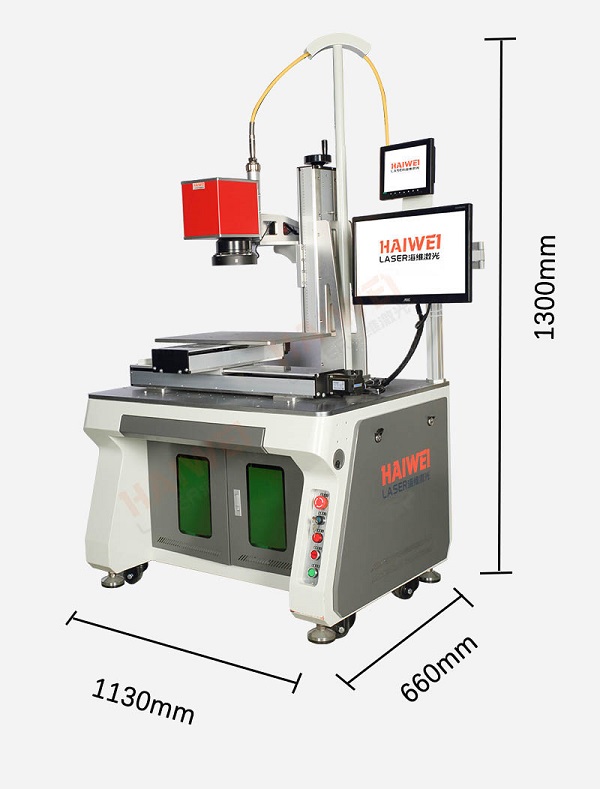Is the energy consumption of a laser welding machine high during welding?
When evaluating laser welding systems, many users ask: is the energy consumption high? The answer depends on the application, power level, and how the system is used. Compared to traditional welding methods, laser welding can be more energy-efficient, especially when considering total operational costs.

How Much Power Does a Laser Welding Machine Use?
A typical fiber laser welding machine operates at 20% to 35% wall-plug efficiency, meaning 20–35% of input electrical power is converted into usable laser light. For example, a 1 kW laser source may draw around 3–4 kW from the grid, depending on cooling and control systems. Higher-power lasers (3–6 kW) consume more, but often complete jobs faster, reducing overall cycle time and energy per part.
Energy Use vs. Process Efficiency
While the laser source is a major power consumer, auxiliary systems like chillers, fume extractors, and automation also contribute to total energy use. However, because laser welding is fast and precise, it often requires less rework and material finishing than arc or resistance welding. This indirect efficiency can lower the total energy footprint per finished product.
Duty Cycle Matters
In batch production, the actual energy draw varies with duty cycle. A machine running continuously at full power uses more than one operating intermittently. Proper scheduling and power management settings can help reduce idle consumption.
Comparing Technologies
Compared to MIG or TIG welding, laser welding typically delivers more energy directly into the joint, with less heat spread. This means less post-weld correction and lower thermal distortion, which can save energy in downstream processes.
Tips for Managing Energy Use
Choose a laser source matched to your material and thickness. Oversized lasers waste energy. Also, maintain cooling systems and optics regularly—dirty lenses or inefficient chillers increase power demand.
Laser welding machines do consume electricity, but their precision and speed often make them a more energy-conscious choice over time. For buyers, focus on total cost of operation, not just nameplate power.
Recent Posts
- What are the advantages of laser welding machines in lithium battery pack production lines?
- What issues should be noted when choosing a lithium battery pack production line?
- Quality Inspection and Control of Lithium Battery Module Pack Production Line
- Cell grouping and sorting process in lithium battery module pack production line
- What are the safety hazards of lithium battery pack production lines and how can they be prevented?
INQUIRY

